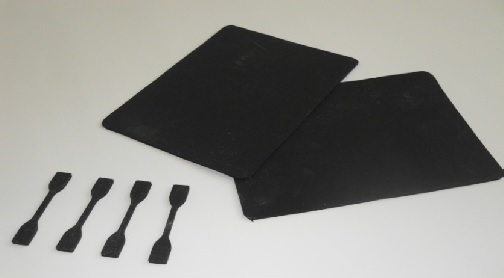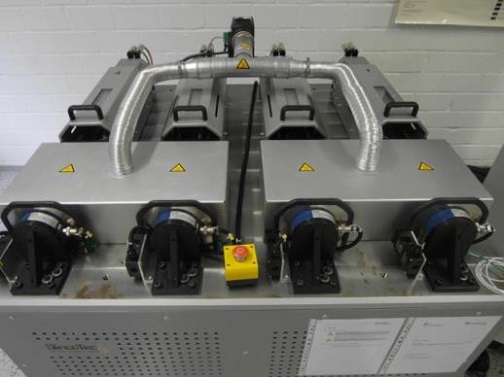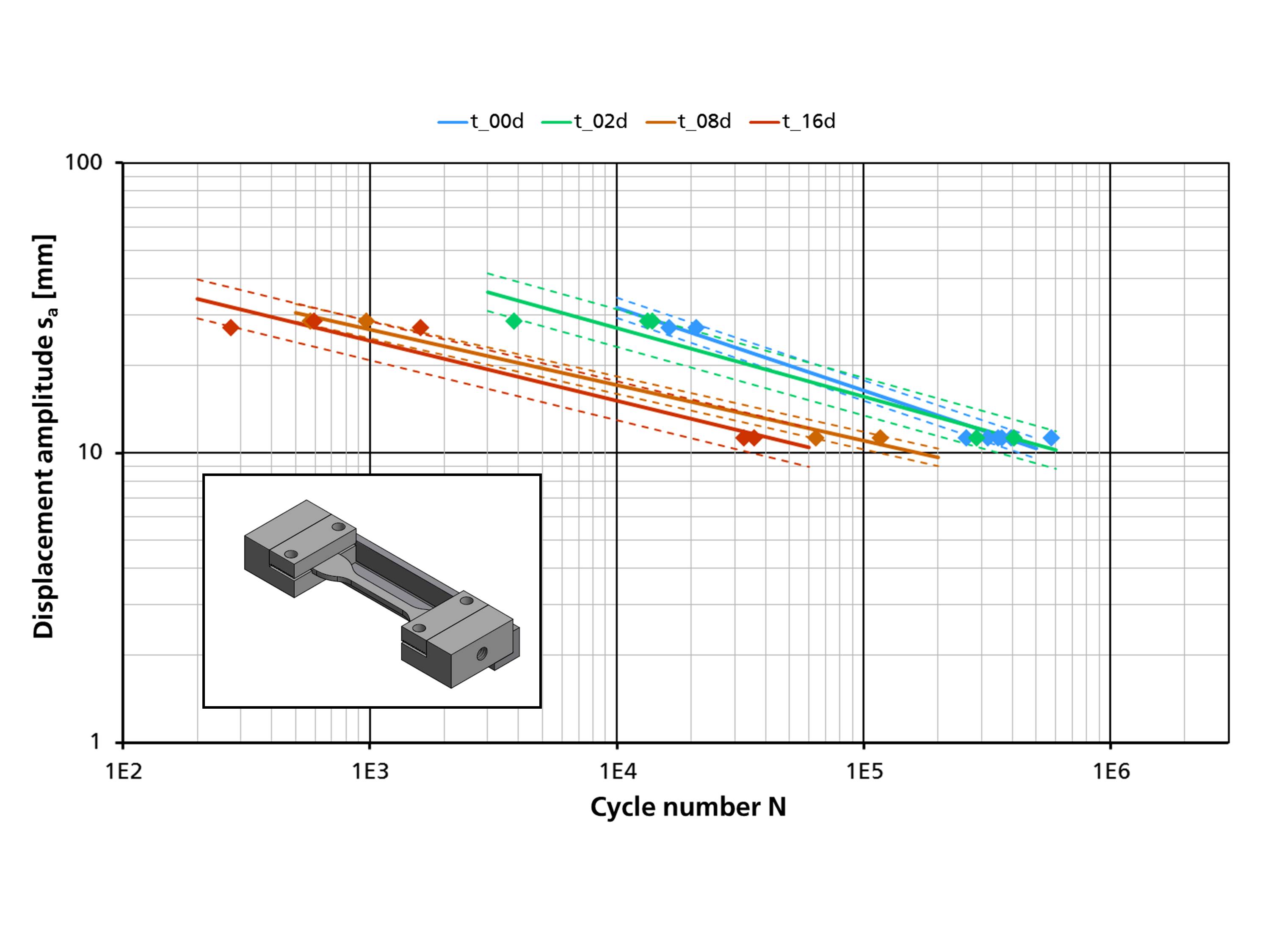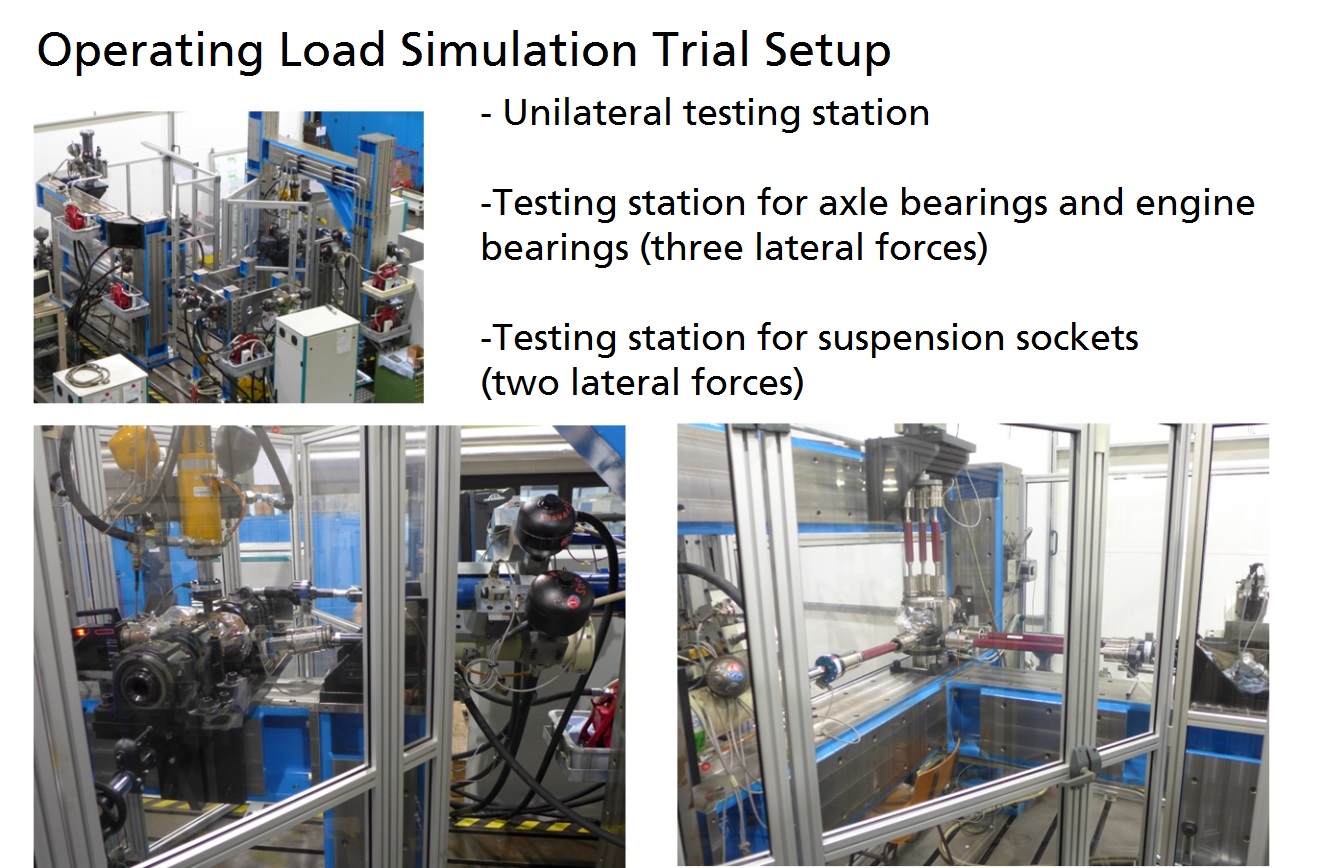On the topic of cyclic testing, Fraunhofer LBF differentiates between vibration resistance testing of material samples and verification tests on parts.
Cyclic Testing of Elastomers
Tabbed contents
Vibration Resistance Tests on Material Samples
Fraunhofer Institute for Structural Durability and Systems Reliability LBF has testing technologies for vibration resistance examinations available, which are applicable for the development of elastomeric parts and the choice of material. The emphasis lies on force and displacement controlled Wöhler fatigue tests at different temperatures.
It is often reasonable to combine vibration resistance experiments with physical and chemical characterization of elastomeric materials. Tailored aging and testing procedures can be derived from these experiments. The determined material data and cyclic characteristic material values are the basis for numerical analysis of transference properties and service life time predictions of elastomeric parts.
Test specimens made from rubber plates (S2-Rods, picture above) are tested in a temperature controlled test apparatus under cyclic strains (middle picture). Conclusions of the influence of storage temperature on the system reliability are drawn from (displacement controlled) Wöhler curves (figure below) of an elastomeric mixture after different storage times at a storage temperature of 100 °C.
Our range of services include cyclic testing of different sample geometries (e.g. S2-Rods, hourglass samples, etc.) under constant or variable amplitudes an temperatures ranging from room temperature up to 150 °C.
 Fraunhofer Institute for Structural Durability and System Reliability LBF
Fraunhofer Institute for Structural Durability and System Reliability LBF


